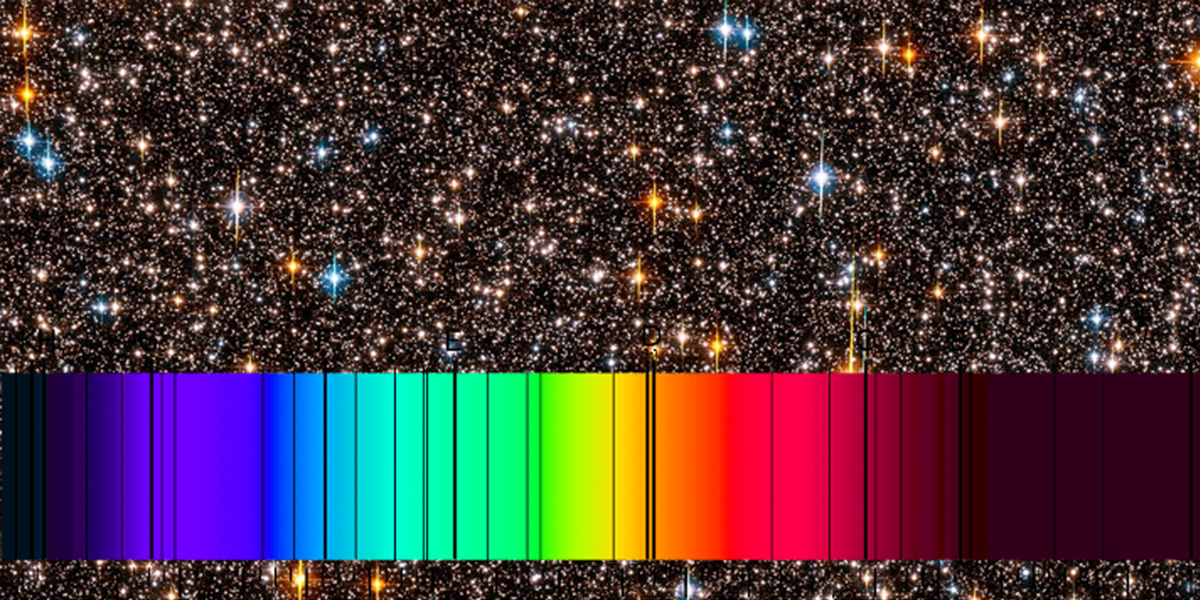
- This event has passed.
Family Astronomy Night, Wednesday, September 14, 2022 at 7 PM EST – VIRTUAL EVENT
September 14, 2022 @ 7:00 pm - 8:30 pm EDT
FREE
Stars Part II: Spectroscopy!
Or—How We Know Anything about Almost Everything
What are stars made of? What makes up bright nebulae, or dark nebulae, or galaxies, or quasars? What are the distances to any of these things? What are their temperatures? Are they moving towards us or away from us? And—most importantly—how on Earth can we know any of these things? All of these questions can be answered with a single word: spectroscopy! Curious as to how this all works? Interested to know what the planets and constellations are doing in September? Want to catch up on what the James Webb Space Telescope is doing? Join us via Zoom for MSU St. Andrews Astronomy Night to learn more!
Please register below to receive the Zoom login. You may register up to the presentation start time or even during the meeting to join us.
https://msu.zoom.us/webinar/register/WN_dxsmFQ-UQKu_irjVov7isA
Join us virtually for a presentation focused on how we know what we know about the heavens. Last April, we talked about stars: their names and patterns, their colors and brightnesses, their sizes and classes, and the distances to the nearer ones. To learn more about stars—and almost anything else in the sky—we need to understand spectroscopy. This month, we will describe how spectroscopy was discovered, developed, and—finally—turned to the sky. You will learn how astronomers calculated the temperatures of stars, determined what they are made of, and measured whether they are moving towards us or away. We will also discuss how they proved that many things in the sky are not stars, that some things that don’t look like stars actually are, and other things that look like stars are actually something else entirely.
And, as always, we will show you how to find many fun things in the sky this month. Have you noticed the Summer Triangle, with its constellations of the Swan, the Eagle, and the Lyre, high in the south? Have you been watching Mars making a “red triangle” with two red stars, Aldebaran and Betelgeuse? Did you know that mighty Jupiter dominates the evening sky, and that Saturn is also visible? Or that brilliant Venus is fading from view in the morning? We will help you see all of these things for yourself. To end the evening, our monthly technology update will focus on the James Webb Space Telescope.
Image credit: NASA, ESA, K. Sahu (STSci), SWEEPS team, https://cdn.spacetelescope.org/archives/images/screen/heic0612d.jpg
Please join our mailing list to receive notices about upcoming Astronomy Night presentations and other events at St. Andrews!
Michigan State University is committed to providing equal opportunity for participation in all programs, services, and activities. Accommodation for persons with disabilities may be requested by contacting 989 374-9903 or lightcla@msu.edu.
Programming is made possible through the support of several local organizations: the Herbert H. and Grace A. Dow Foundation, the Rollin M. Gerstacker Foundation, the Charles J. Strosacker Foundation, and the Dow Chemical Company Foundation.


